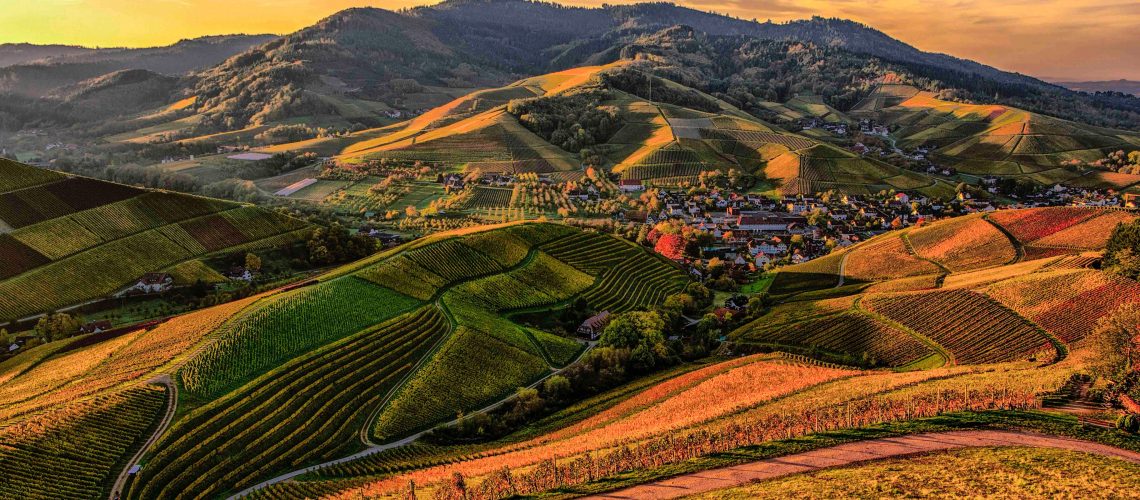People often think driving on backroads provides more safety and shortens travel time than interstate roads. This debate has gone on for a while. But which method of driving is better for paid-to-drive jobs?
Safety
Taking backroads might seem safer, but more accidents happen there than they do on the interstate or other urban roads. In 2008, 56 percent of deaths from car accidents in the U.S. occurred on rural roads.
Until recently, more deaths happened in rural areas along backroads. In the past few years, the numbers have flipped – more deaths occurred on urban roads than rural. Fifty-one percent of accident-related deaths in 2016 happened in urban areas, and in 2017, that number rose to 53 percent.
Despite statistics, backroads are still dangerous. Accidents are more likely to occur on backroads for many reasons:
- Speeding. Most of the accidents on rural roads are due to speeding drivers. Without accountability from many other drivers on the road, people feel like they can drive faster with no consequences.
- Winding roads. Curvy roads combined with speedy drivers and a drop-off next to the guardrail is a recipe for disaster.
- Animals. Large creatures tend to cross rural roads more often than urban ones, although some animals get lost and find themselves in the wrong place at the wrong time.
- Hidden driveways. Drivers pulling out from their hidden driveways are dangerous when an oncoming driver isn’t aware.
- Weather. Rural roads don’t typically get treated for bad weather conditions.
One primary safety of interstates lies in the fact that all the drivers are headed in the same direction. There is little to no crossing opposing lanes of traffic or cars pulling out randomly from side streets. People aren’t slamming on breaks to make a sudden right turn either.
Time
Car accidents factor into how quick either the interstate or backroad will be, but there are other factors as well:
- Speed limits. Interstates have faster speed limits and provide passing lanes to get around slower drivers. Although many people driveway above the speed limit on backroads, often there is one driver who doesn’t, and that’s when you struggle to pass them for a while.
- Stoplights and signs. Stopping and starting takes time, and some stoplights take forever to change or don’t stay green for long.
- Traffic. When accidents happen on interstates and highways, traffic does get slow. However, it is often still faster than going a roundabout way where you might get lost or slowed down in other ways.
- Time of day. The typical rush hour times are 6-10 a.m. and 4-8 p.m., depending on the city. Interstates get more crowded at these times as people try to take the same exits for work.
Many times the route that seems to be faster actually isn’t, and as soon as you commit to the “faster” way, you realize the mistake.
Wrapping Up
With Lyft, Uber, or other paid-to-drive jobs, your best bet is to follow your GPS. The apps are accurate in showing you the fastest route to take given the traffic in the area and using the interstate shaves some time, depending on the distance you need to go. It is also safer.
If you’d like to learn more about driver safety, check out our Safe Travel 101 course. We also have social media pages and a connection to the paid to drive community. Check us out for more tips and tricks about the driver community.
If you felt like this blog post was helpful, be sure to check out our comprehensive guide on Uber and delivery driving. In this guide, we offer many helpful tips that you won’t find anywhere else. Click here to see it today!



